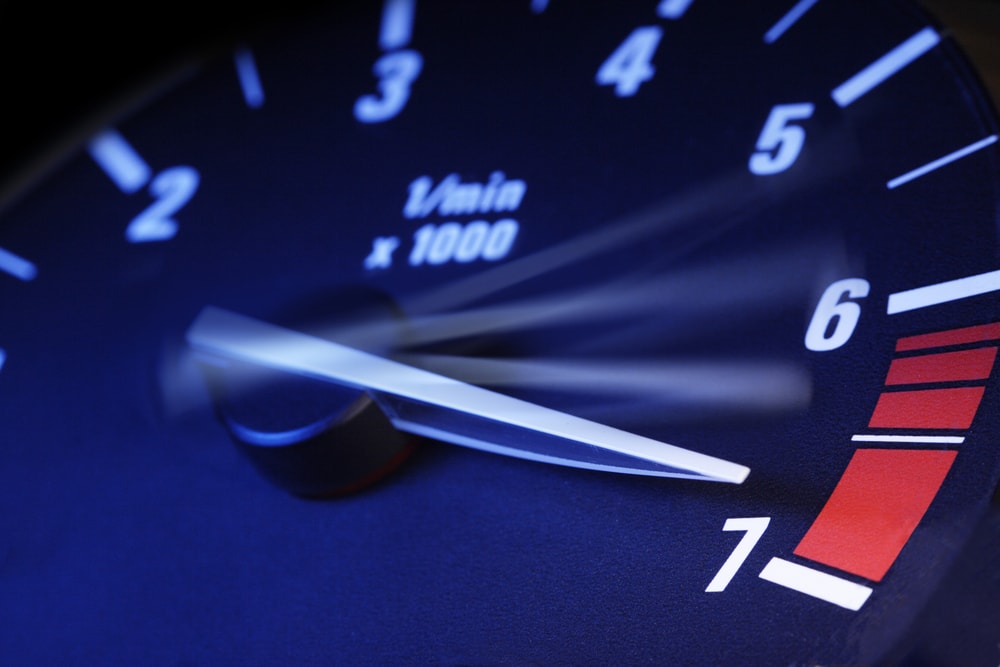
How to Measure RPM Without a Tachometer: Practical Tips?
Share
Looking for ways to measure RPM without relying on a tachometer? You're definitely not alone. For both tech professionals and enthusiasts, understanding RPM is vital for optimizing machinery efficiency and performance. While tachometers are great tools for this job, there are several methods to consider if you find yourself without one. In this guide, well explore various techniques, tools, and tips you can employ to accurately gauge RPM without a tachometer.
The need for such measurements often arises in industrial settings, automotive repairs, or even DIY projects. Knowing how to measure RPM without a tachometer can save you time, effort, and resources, allowing you to keep your machines operating at peak performance.

Understanding RPM and Its Importance
RPM, or revolutions per minute, is a crucial metric in various fields, from automotive engineering to manufacturing. This measurement indicates the number of complete rotations a rotating object makes in one minute. Whether you are calibrating an engine, monitoring the speed of an electric motor, or conducting routine maintenance, understanding RPM can profoundly impact the performance and longevity of your equipment.
Why Measure RPM Without a Tachometer?
There are several scenarios where you might need to measure RPM without the aid of a tachometer:
- You might be troubleshooting equipment in a remote location where tools are limited.
- Your tachometer may be malfunctioning or out of service.
- You may want to validate sensor readings by using an alternate method.
Methods to Measure RPM Without a Tachometer
Below are several methods tech professionals and enthusiasts can use to measure RPM:
1. Using a Stroboscope
A stroboscope is a powerful tool for measuring the speed of rotating objects without needing direct contact. The principle is simple: by flashing a light at a specific frequency, you can adjust the rate until the object seems to freeze. This effective measuring technique can help determine RPM accurately. For practical guidance on using a stroboscope, refer to this resource.
2. Calculating RPM from Angular Velocity
If you have a means to observe angular velocity, you can perform a simple calculation. For instance, if you know the time it takes for a wheel to complete one revolution, you can use this formula:
RPM = 60 / Time (in seconds)
This allows you to calculate the RPM based on how long it takes for the object to rotate.
3. Using Optical Sensors
Optical sensors can also measure the speed of a rotating object by detecting patterns or markings on the surface as it moves. Typically, you would align a sensor facing the rotation to capture data. This method can provide fairly accurate RPM measurements and is often used in various applications, including industrial equipment and robotics.
4. Utilizing Smartphone Apps
With advancements in technology, there are now apps available on smartphones that can measure RPM using the phone's camera and software algorithms. These apps can be particularly useful for casual users who may not have access to specialized measuring equipment. However, the accuracy may vary, so it is wise to cross-reference with another method if possible.
Best Practices for Measuring RPM
When measuring RPM using these methods, consider the following best practices:
- Ensure that your measurements are taken in bright environments to allow for clearer readings, especially when using a stroboscope or optical sensor.
- Calibrate your devices as necessary or follow the instructions closely for accurate results.
- Perform multiple readings to ensure consistency and to verify precision.
Additional Tools and Techniques
There are other practical tools you might consider for RPM measurement without a tachometer:
- Accelerometers: These devices can measure changes in velocity, which can also relate to rotational speed.
- Frequency Counters: Some advanced setups allow you to measure the frequency of the mechanical system, which you can convert into RPM.
Handling Special Scenarios
Certain scenarios may require special attention:
- High-Speed Rotations: Measuring very high speeds might necessitate specialized equipment or techniques to avoid errors.
- Low-Speed Applications: In cases of low speeds, ensure your timing methods are precise to avoid large discrepancies in your readings.

FAQs About Measuring RPM
1. Can I Measure RPM Without Any Equipment?
Yes, in cases where you can visually observe the number of rotations within a certain time frame, you can calculate RPM manually. Just ensure you keep accurate time.
2. What is the Best Method for Measuring RPM Without a Tachometer?
The best method can vary based on your specific situation. A stroboscope is often considered very effective, but using smartphone apps can be convenient for practical purposes.
3. Can I Use a Digital Multimeter to Measure RPM?
Yes, some digital multimeters offer an RPM measurement option through input from appropriate sensors, making them versatile tools for this purpose.
In summary, learning how to measure RPM without a tachometer opens up a world of possibilities, especially in tech and engineering fields. Armed with this knowledge, you can enhance your skillset and ensure that your machinery operates efficiently. For more on tachometer usage, please visit this article.
